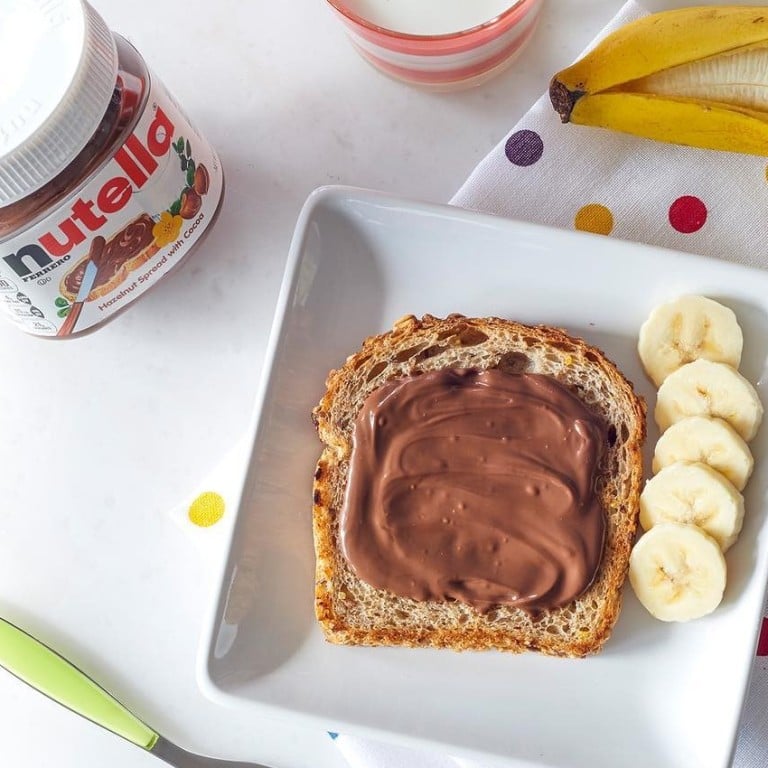Nutella, Ferrero Rocher, Gianduia paste: how are they all related?

A year’s production of Nutella would wrap around the Earth 1.7 times – but where does the chocolate spread come from?
Many chocolate fans around the world are addicted to the popular cocoa and hazelnut spread Nutella, and most people have tried it at least once in their lifetime.
Most people on this side of the globe might know it as the sweet filling inside the gold-wrapped Ferrero Rocher truffles, while our Western counterparts might have used it as a sweet dessert or breakfast spread.
According to the Ferrero group which launched it in 1964, if all Nutella jars produced in a year were lined up they’d make a row 1.7 times the Earth’s circumference and the total weight of the spread would equal that of the Empire State Building.
But it wasn’t born as a spread. Initially, in 1946, Nutella was less creamy and shaped as a tender bread loaf called “Giandujot” after a popular carnival mask, Gianduja, symbolising the cheerfulness of the northern region of Piedmont.
It was wrapped in aluminium foil and cut into slices. It was semi-solid, like butter, and required the use of a knife to cut it before it could be eaten. Mothers would send their children to buy the famous panetto – aka little chocolate bread.
The revolution occurred several decades later when the recipe was improved, made softer and creamier, and the first glass jar of a new hazelnut and cocoa cream was released under the Nutella name.
It was much easier to spread than previous chocolate loaves, so could be savoured immediately. Nutella became an essential ingredient in Italian households, similar to pasta and espresso.
Consumers love the iconic jars, cups and glasses, whose designs have evolved down the years, and become prized collectors’ items. Once the contents were finished, people chose to keep the jars as containers or drinking glasses rather than throwing them away.




